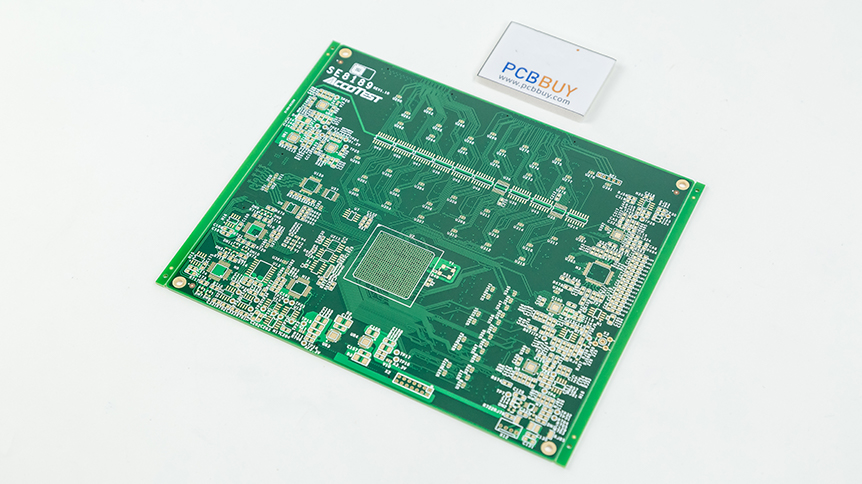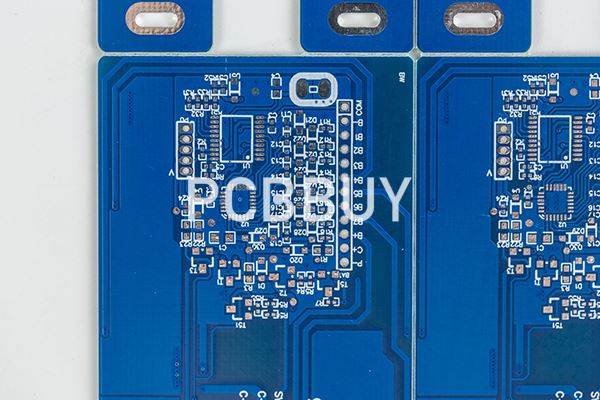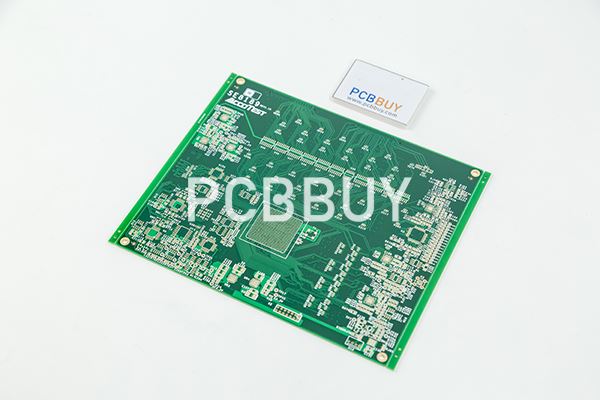What Are the Importance of In-production Calibration of PCB Boards?
By:PCBBUY 09/06/2023 16:07

Historically, the design and manufacture of PCBs were seen as secondary to the circuit design, but increasing digital speeds and complexity have elevated the need for board quality. Optimal PCB performance can only be achieved with a board that is as uniquely engineered as the circuit itself. For designers new to electronic product development, this can be a heady task: on top of the design and simulation of the circuit, teams are also responsible for preparing a manufactured product that spans multiple disciplines, production practices, and industry guidelines.
When time is of the essence – like meeting tight deadlines for an NPI – design teams do best when attending to their area of expertise. A contract manufacturer with extensive electrical engineering services will help keep teams focused on their strengths.

Engineering Consults As a Lead-in to Manufacturing
The run-up to manufacturing is necessary to ascertain a design’s level of preparedness. Adjustments to manufacturing processes should be expected (but still minimized), and any changes at the design level will result in rework or revisions. Our engineering-focused production will systematically examine the common and uncommon elements of PCB manufacturing that detract from quality, yield, or development time:
Schematic: At the heart of every PCB are the logic and connections between devices that define the functionality of the assembled board. A contract manufacturer can check land patterns for correct layout and associations as a library management system.
Bill of Materials (BOM): The BOM itself is straightforward as a document output of the schematic listing all of the components in the design. However, sourcing and procuring components necessary for assembly is difficult, especially when device shortages are rampant and wait times remain stubbornly high.
Stackup: The stackup is the starting point of the board. Designers must accommodate the different impedance profiles (single-ended transmissions, differential pairs, and other standard impedances) and signal/plane layer distribution to maximize layout efficiency and performance.
Design rules: Design rules provide the framework for manufacturability during the layout stage. As PCB manufacturing is a multi-step process, design rules must cover all the points where a lack of adherence to equipment precision or capabilities will result in an unproducible or less-than-satisfactory board.
Layout: The layout represents the digital master copy of the final product out of manufacturing. While design rules will cover many of the points for optimization, many best practices may not be covered by standard rulesets. Instead, a layout review allows engineers to analyze the board for any areas of DFM that would otherwise fall through the cracks.
Documentation: Maintaining good documentation is critical not only for the current design iteration but also for any future revisions. As the primary method of communication between design and manufacturing, engineering will ensure clear intent and unambiguous directions to bolster quick turnaround times.

Optimal Electronic Systems Need Electrical Engineering Services
The best devices don’t just perform – they perform exemplary and for extended periods. Increasingly, devices have to do more with less: less space, power consumption, and time-to-market. Tradeoffs are certainly a cornerstone of engineering, but our customers have grown to expect quality and reliability for over forty years, no matter the design constraints.
In-production calibration of boards is less flexible than pre-production, yet it remains a critical tool of agile manufacturing. Turning would-be scrap to rework or pushing designs back to layout to avoid secondary production minimizes turnaround times and maintains consistent quality. Even the most thoroughly-vetted design can benefit from engineering input to react and respond to board production.
Industry Category











